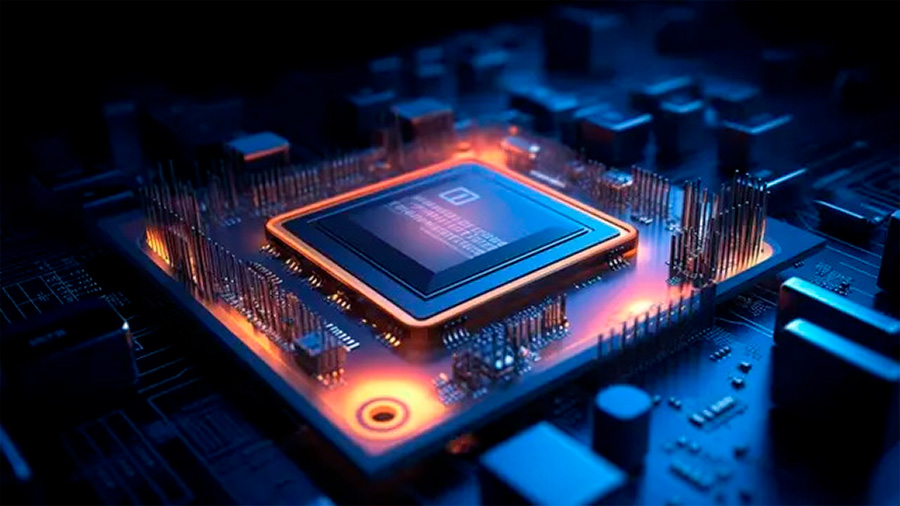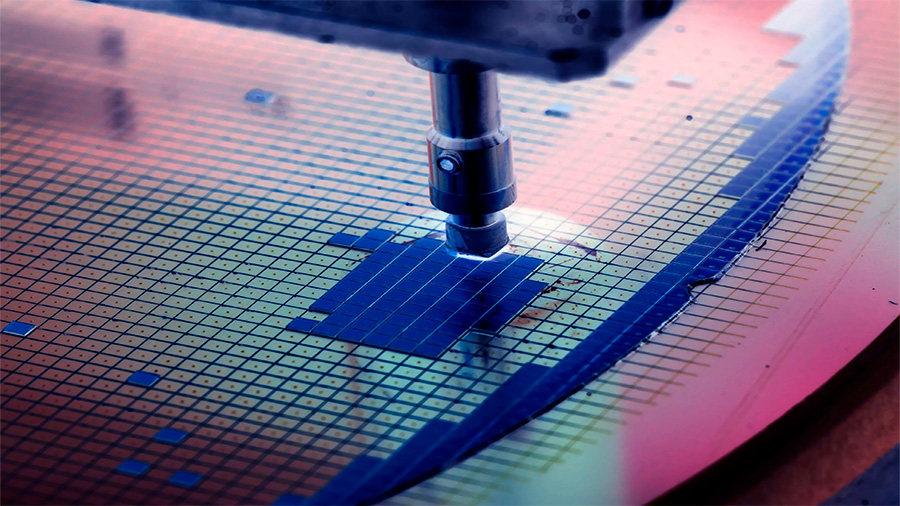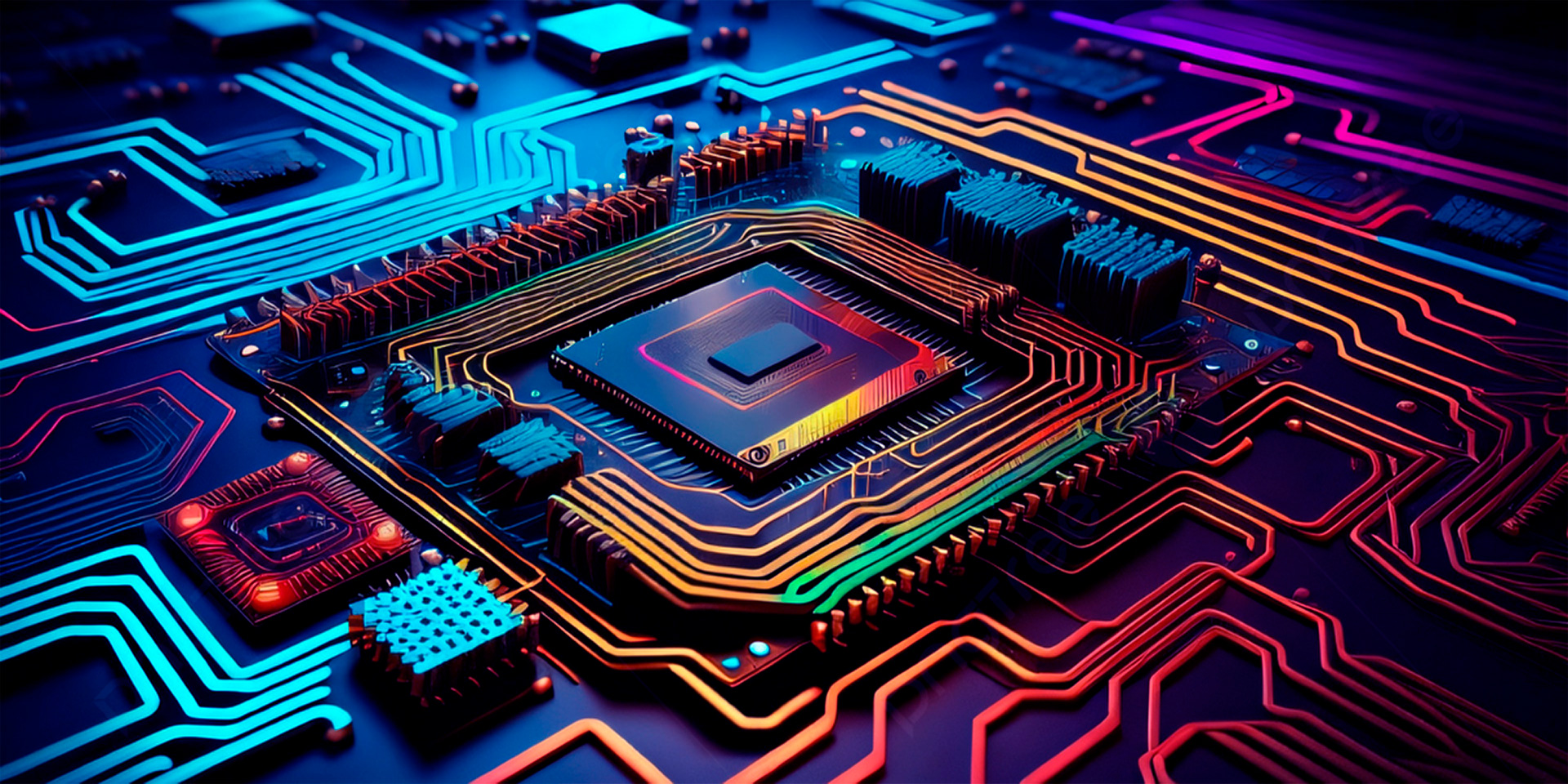The Central Processing Unit (CPU) has long been the cornerstone of computing, driving advancements in technology and enabling a myriad of applications. As we look to the future, the evolution of CPUs continues to promise exciting innovations and performance enhancements. This article explores future trends in CPU development and what innovations are expected to emerge in the coming years.
Current State of CPU Technology
Understanding the current landscape of CPU technology provides a foundation for predicting future trends. Today’s CPUs are characterized by multi-core architectures, high clock speeds, and advanced manufacturing processes.
Multi-Core Architectures
Modern CPUs feature multiple cores, allowing them to handle parallel processing tasks efficiently. This development has been crucial for performance improvements in both consumer and enterprise applications.
Key Examples include Intel’s Core i9 and AMD’s Ryzen 9 series, which offer up to 16 cores for high-performance computing.
Advanced Manufacturing Processes
The shift to smaller nanometer (nm) processes has enabled CPUs to become more power-efficient and perform better. Current leading-edge CPUs are built on 7nm and 5nm processes, with even smaller nodes on the horizon.
Notable Technologies include TSMC’s 5nm process used in Apple’s M1 chips and AMD’s Ryzen 5000 series.

Future Trends in CPU Development
The next generation of CPUs will build on these advancements, introducing new technologies and paradigms that will redefine computing.
Heterogeneous Computing
Heterogeneous computing involves integrating different types of cores within a single CPU to handle diverse workloads more efficiently. This approach combines high-performance cores with power-efficient cores, optimizing performance and energy consumption.
Emerging Examples include Intel’s Alder Lake processors, which feature a mix of high-performance and efficiency cores, and ARM’s big.LITTLE architecture, widely used in mobile processors.
Chiplet Architecture
Chiplet architecture involves breaking down a CPU into smaller, modular components (chiplets) that can be assembled to form a complete processor. This modular approach improves manufacturing yields and allows for greater customization and scalability.
Leading Technologies include AMD’s use of chiplets in its Ryzen and EPYC processors, enhancing performance and efficiency.
Quantum Computing Integration
Quantum computing represents a revolutionary leap in processing power, capable of solving complex problems beyond the reach of classical computers. While still in its infancy, integrating quantum computing with traditional CPUs could unlock unprecedented capabilities.
Research Initiatives include IBM’s Quantum Computing program and Google’s Quantum AI, both exploring the potential of quantum processors.
AI and Machine Learning Acceleration
Future CPUs will increasingly incorporate specialized hardware to accelerate AI and machine learning tasks. These enhancements will enable faster processing of AI workloads, improving applications ranging from natural language processing to autonomous vehicles.
Innovative Examples include Apple’s Neural Engine in its M1 chip, designed specifically for AI tasks, and Intel’s Movidius VPU, which accelerates computer vision and deep learning applications.

Advancements in CPU Manufacturing
The future of CPUs will also be shaped by continued advancements in manufacturing technologies and materials.
Smaller Nanometer Processes
The move towards smaller nanometer processes will continue, with 3nm and 2nm nodes expected to debut in the coming years. These smaller processes will enhance performance, reduce power consumption, and increase transistor density.
Upcoming Technologies include TSMC and Samsung’s plans to develop 3nm and 2nm processes, promising significant gains in efficiency and performance.
3D Stacking and Packaging
3D stacking involves layering multiple CPU components vertically, reducing latency and improving bandwidth between layers. This approach enhances performance and efficiency without increasing the footprint of the CPU.
Leading Developments include Intel’s Foveros 3D stacking technology and AMD’s 3D V-Cache, which adds additional cache layers to improve performance.
New Materials and Transistor Designs
Exploring new materials and transistor designs is crucial for overcoming the physical limitations of silicon-based processors. Innovations such as graphene transistors and carbon nanotubes hold promise for future CPUs.
Research Highlights include MIT’s development of graphene-based transistors and IBM’s work on carbon nanotube transistors, both aiming to surpass the performance of traditional silicon.
Impact on Various Industries
The advancements in CPU technology will have far-reaching implications across various industries, driving innovation and enabling new applications.
Consumer Electronics
Improved CPU performance and efficiency will enhance user experiences in smartphones, laptops, and other consumer devices. Features like real-time AI processing and advanced graphics rendering will become standard.
Expected Innovations include enhanced AR/VR experiences powered by more capable CPUs and longer battery life in mobile devices due to increased energy efficiency.
Enterprise Computing
In the enterprise sector, powerful CPUs will drive advancements in data analytics, cloud computing, and AI. Businesses will benefit from faster data processing, improved decision-making, and more efficient operations.
Anticipated Developments include more powerful servers capable of handling complex AI workloads and real-time analytics, and improved virtualization technologies enabling more efficient use of resources.
Scientific Research and Development
High-performance CPUs will accelerate scientific research, enabling simulations and calculations that were previously impossible. Fields such as genomics, climate modeling, and physics will see significant advancements.
Research Applications include more detailed climate models predicting weather patterns with greater accuracy, and faster genome sequencing aiding in personalized medicine.
Challenges and Considerations
Despite the promising advancements, there are challenges and considerations that must be addressed in the development of future CPUs.
Thermal Management
As CPUs become more powerful, managing heat dissipation becomes increasingly challenging. Advanced cooling solutions and thermal management techniques are essential to prevent overheating and ensure reliability.
Security Concerns
Enhancing security features within CPUs is crucial to protect against sophisticated cyber threats. Future CPUs must incorporate robust security measures to safeguard sensitive data and maintain system integrity.
Cost and Accessibility
Developing cutting-edge CPUs involves significant costs, which can impact pricing and accessibility. Balancing performance advancements with cost-effectiveness is essential to ensure widespread adoption.
Conclusion
The future of CPUs promises exciting innovations that will redefine computing across various domains. From heterogeneous computing and chiplet architecture to advancements in quantum computing and AI acceleration, the next generation of processors will offer unprecedented capabilities. As these technologies continue to evolve, they will drive progress in consumer electronics, enterprise computing, scientific research, and beyond. Understanding and embracing these advancements will be key to leveraging the full potential of future CPUs, paving the way for a new era of technological innovation.





